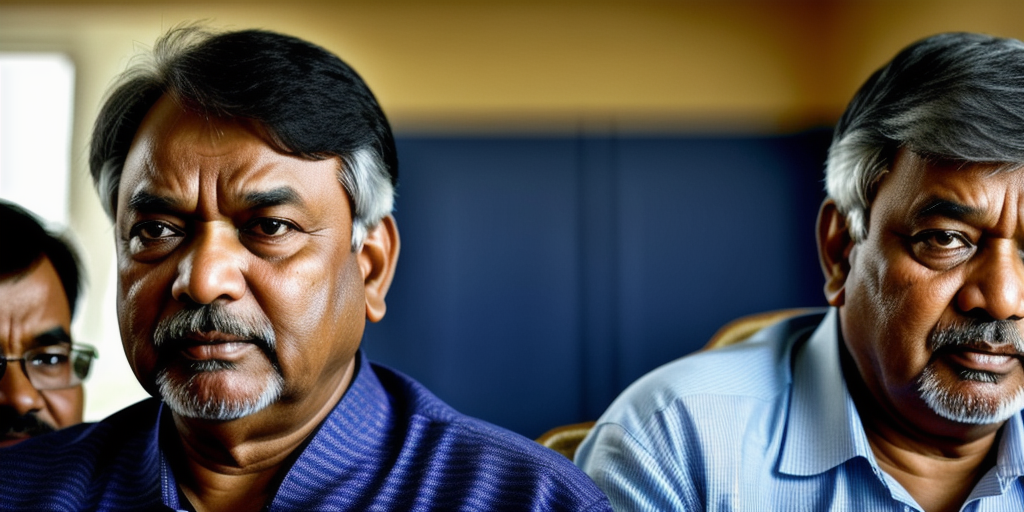
Bihar electors’ number may dip for 1st time since 2005
How did your country report this? Share your view in the comments.
Diverging Reports Breakdown
Bihar electors’ number may dip for 1st time since 2005
The Election Commission of India on Sunday said that 72.4 million enumeration forms were collected during the enumeration phase of the Special Intensive Revision (SIR) of the electoral roll in Bihar. This number is 6.5 million (8%) short of the number of registered electors in the state on June 24, the day before the SIR exercise began. The final electoral roll is scheduled to be published only on September 30. The trend holds true whether one is looking at two consecutive assembly elections or assembly elections and Lok Sabha elections taken together. Between the two 2005 elections in Bihar, number of electors declined from 52.7 million to 51.3 million (2.5%). The trend in 2005 shows that it is not impossible for registered electors to decline in Bihar but it would still be a rare occurrence.
The apparent decline in the number of electors in Bihar – the final electoral roll is scheduled to be published only on September 30 – is the first between two consecutive elections in the state since the two assembly elections held in 2005. This trend holds true whether one is looking at two consecutive assembly elections or assembly elections and Lok Sabha elections taken together.
Data on registered electors in Bihar for assembly and Lok Sabha elections shows that it generally increases. HT checked this number for all assembly elections held in the state since 1977 (after removing the assembly constituencies that became part of Jharkhand in 2000), the first election after the third delimitation exercise; and all Lok Sabha elections held since 2004, the first Lok Sabha election after the creation of Jharkhand. Registered electors increased in the state between all consecutive elections analysed in this period except between the February and October 2005 assembly elections. Between the two 2005 elections, the number of electors declined from 52.7 million to 51.3 million (2.5%).
The trend in 2005 shows that it is not impossible for registered electors to decline in Bihar. However, it would still be a rare occurrence in the state if the final electoral roll shows the number of registered electors lower than in the 2020 assembly election (73.6 million) or the 2024 Lok Sabha election (77.3 million). In fact, the 8% decline from 78.9 million electors on June 24 to 72.4 million electors on July 27 is also a bigger proportional decline in a period shorter than a year than the 2.5% decline between February and October 2005 elections.
To be sure, a decline in the number of registered electors in a state with a high fertility rate like Bihar is puzzling even in 2005 (two years and one Lok Sabha election after the last SIR in 2003). Given its high fertility rate, the number of adults in the state increased by 28.5% between the 2001 and 2011 census, although the rate of migration from the state is also expected to have accelerated in this period, as HT reported on July 7.
The decline seen in the SIR exercise in 2025 so far, however, still has some time for correction. The ECI’s press note on July 27 says that genuine electors can still be added back to the elector rolls in the claims and objections period from August 1 to September 1. Young electors, who attain the age of 18 years on or before October 1, can also be added to the electoral roll in this period.
One possible reason for the decline in electors in 2005 could be that that the ECI had launched a new campaign for issuing Electors Photo Identity Card (EPIC) between the two elections in the year. “Under this campaign, permanent online EPIC centres are being set up in the offices of all Electoral Registration Officers and additional teams are being mobilized to cover maximum number of electors in rural areas. The endeavour of the Commission is to maximize the coverage under EPIC programme so that there is no necessity to prescribe alternative documents for voter identification at the time of poll,” an ECI press note from July 23, 2005 says. Between the start of the campaign and the announcement of the schedule of the elections on September 3, EPIC coverage increased from 57% to 67%.
